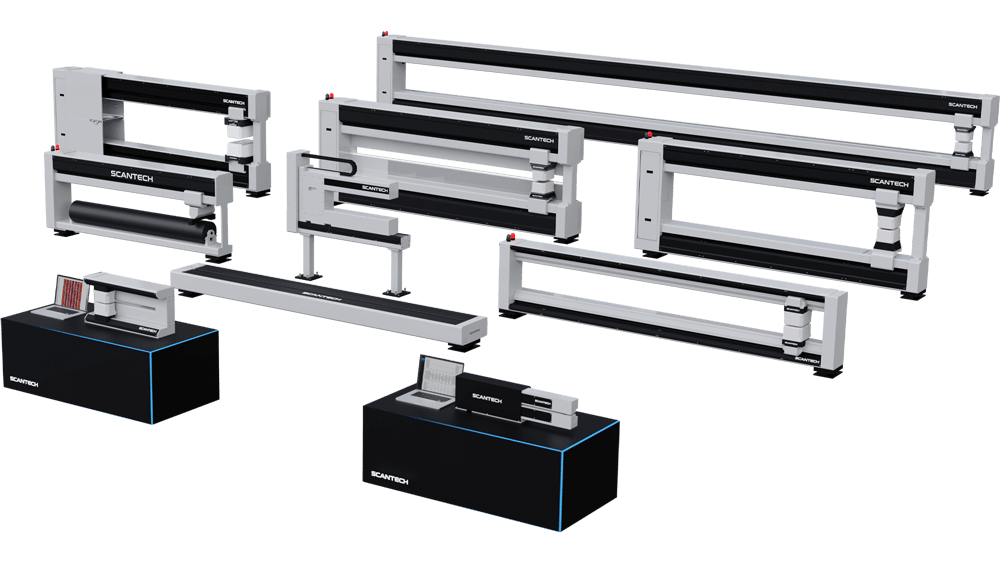
March 6, 2023
Non-destructive testing (NDT) is a technique used to inspect and evaluate materials and components without causing damage. NDT is important because it allows for the detection of defects or flaws that could compromise the safety or functionality of a material or component, without having to destroy or damage it in the process.
There are many different techniques used in NDT, each with their own strengths and weaknesses. Some common techniques used in NDT include ultrasonic testing, radiographic testing, magnetic particle testing, and eddy current testing. Each of these techniques uses different physical principles to inspect materials and components for defects, such as cracks, voids, or inclusions.
Ultrasonic testing uses high-frequency sound waves to detect flaws or defects in materials. It is commonly used to test metals and other materials for cracks, voids, and other types of damage.
Radiography involves the use of X-rays or gamma rays to create an image of the object being tested. This method is commonly used to detect defects in welds, castings, and other structures.
Eddy current testing uses electromagnetic fields to detect flaws or defects in conductive materials. This method is commonly used to test for surface cracks, corrosion, and other types of damage.
NDT has many applications in various industries, including aerospace, automotive, construction, and manufacturing. For example, NDT can be used to inspect aircraft engines for defects or cracks, to detect corrosion or cracks in pipelines, to inspect welds in bridges and buildings, and to ensure the quality of manufactured components.
Overall, non-destructive testing is an important technique used to evaluate the integrity and safety of materials and components without causing damage. With the development of new technologies and techniques, NDT continues to play a crucial role in ensuring the safety and reliability of various products and structures.
Non-destructive testing is essential in ensuring the safety, reliability, and performance of structures, machinery, and products
“
Discover our measurement solutions.
Related Articles
Solutions for Battery
Battery production is a complex process that involves a variety of steps, from electrode coating and calendaring to slitting and assembly.
Battery Solution Measurement on Production Line
Learn how battery solution measurement on production line can ensure the quality and performance of your energy storage solutions.
Battery Solution Manufacturing – Powering the World with Reliable Energy Storage
Discover the benefits of battery solution manufacturing for your production line. How battery solutions are transforming battery production.

